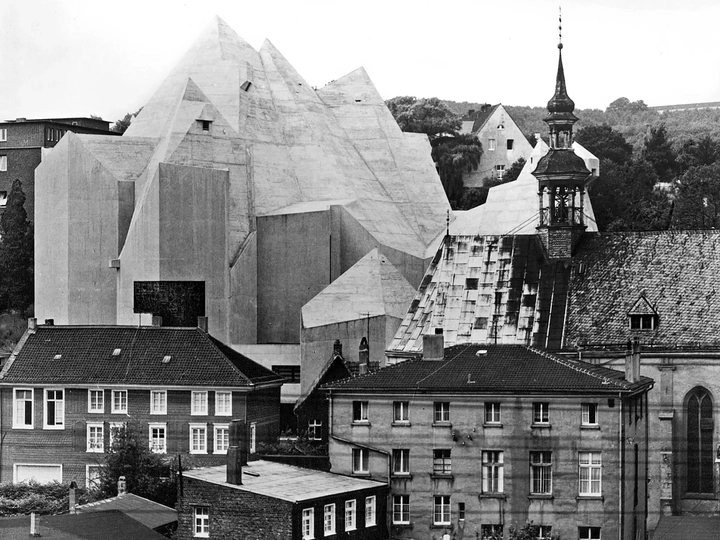Windowless Architecture

Đorđe Bulajić is an architect and educator engaged in teaching, research, architectural design, and cinematography. He is a PhD candidate in Architectural, Urban, and Interior Design within the Department of Architecture and Urban Studies at Politecnico di Milano. Currently, he is a Visiting Researcher at the APT Academic Group of the Faculty of Architecture and the Built Environment, TU Delft, supported by the IDEA League Student Grant 2024. Before starting his PhD, he was involved as a Research Assistant in the collaborative project between ETH Zurich DARCH Chair of Architecture and Territorial Planning and the University of Belgrade, Faculty of Architecture, where he also worked as a Teaching Assistant in the Department of Architecture.
Đorđe has participated in numerous international workshops, conferences, seminars, and summer schools organized by the AA School of Architecture, ETH Zurich, Politecnico di Torino, and RIBA. His work has been exhibited at collective exhibitions in London, Milan, Turin, Delft, Aarhus, Timisoara, and Belgrade. He is the recipient of the annual award "Aleksej Brkić" for the most successful student project created in 2019, awarded by UAS, and the "UnIATA '20 World's Best Graduation Projects Ever Created" award.
From 2019 to 2022, his design-driven research about the architectural nature of cinematic montage received funding from the Serbian Ministry of Education, Science, and Technological Development (MPNTR), and currently, he holds a 3-year open subject scholarship granted by the Italian Ministry for Universities and Research. (MUR). His ongoing research investigates the peculiar phenomenon of windowless architecture, exploring the constant flows between interiority and exteriority. His research has been published by Vesper Journal, UDI Springer Nature, TU Delft Open, Berlin Universities Publishing, Serbian Academy of Sciences and Arts, Aarhus School of Architecture, MMXII Press Milano, and Serbian Architecture Journal.
Windowless Architecture is an editorial project exploring a peculiar phenomenon identified in contemporary culture - windowlessness. As its name implies, it aims to explore what kind of architecture is windowless, how an architecture without windows is even possible, and what broader discourses this particular paradigm engages with, questions and potentially untangles.
Starting with cases of ancient underground structures, huts, and storage spaces – often categorized as ‘non-pedigreed architecture,’ as wonderfully elaborated by Bernard Rudofsky in his exhibition at MoMA in 1964, this seemingly unusual phenomenon paradoxically pervades architectural culture across epochs. It extends through diverse designs of churches, monumental structures, and industrial facilities in Western Europe and the US during the 20th century, to contemporary examples like museums, cinemas, and temporary pavilions. Today, this phenomenon includes various infrastructural buildings, mainly data centers, and other buildings primarily tailored for machines rather than humans. All together, these cases ignite an intriguing discussion on architectural language, form, and tectonics, as well as on transparency, privacy, and the relationship between interior and exterior within 21st-century culture.
Emerging from an ongoing PhD research between Politecnico di Milano and TU Delft, initiated in late 2022 and funded by the Italian Ministry for Universities and Research and the IDEA League, this project has garnered significant interest within both the academic and professional communities. By publishing parts of the research through a curated online exhibition on an Instagram page, the project has already gathered 5000 followers with a monthly reach of 50 thousand people. Through the LINA Fellowship, this editorial project aims to enhance its public dialogue and dissemination by embracing new mediums, mainly focusing on producing a short movie, an exhibition, or a book about windowless architecture.
